Budgie Eggs
Budgie Eggs.Once a pair has bonded, and they’ve been placed in a breeding cage, the hen will typically start to spend more time in the nest box. She will remove most, if not all of the bedding, and chew around in there to make herself comfortable. A noticeable change in her droppings will occur, as her vent begins to swell up. Normally, close to 2 weeks after being paired, if the birds are in breeding condition, eggs will appear. Budgerigar eggs are small and oval-shaped, with a white color and a slightly glossy surface. They are approximately 1.9 cm long and 1.3 cm wide. Budgerigar eggs are also relatively thin-shelled, making them fragile and vulnerable to damage if handled improperly.
Size & Shape
Compared to other bird species, budgerigar eggs are relatively small. They are approximately 1.9 cm long and 1.3 cm wide. However, the size of the egg can vary slightly depending on the age and health of the female budgerigar, and also her genetic background (some hens lay bigger eggs, and some odd shaped as a family trait). Younger females tend to lay smaller eggs, while older females lay larger ones. The porosity of the egg is always a good indicator of calcium levels in the hen.
 Budgerigar eggs are fascinating and unique in their appearance, size, and incubation period. If you are a budgie owner, understanding the reproductive process of these birds can help you provide the best care for your feathered friends during the breeding season. Remember to handle their eggs with care, as they are fragile and delicate. By providing a warm and secure environment for your budgerigars and their eggs, you can ensure the successful hatching and development of their offspring.
Budgerigar eggs are fascinating and unique in their appearance, size, and incubation period. If you are a budgie owner, understanding the reproductive process of these birds can help you provide the best care for your feathered friends during the breeding season. Remember to handle their eggs with care, as they are fragile and delicate. By providing a warm and secure environment for your budgerigars and their eggs, you can ensure the successful hatching and development of their offspring.
Reviews
There are no reviews yet.
Related products
Parrot Eggs For Sale
Parrot Eggs For Sale
Parrot Eggs For Sale
Parrot Eggs For Sale
Parrot Eggs For Sale
Parrot Eggs For Sale
Parrot Eggs For Sale
Parrot Eggs For Sale
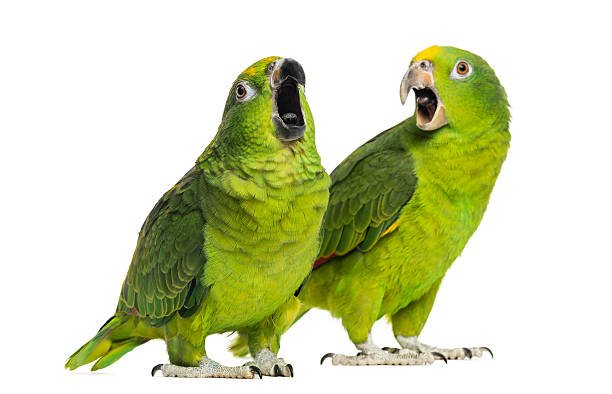




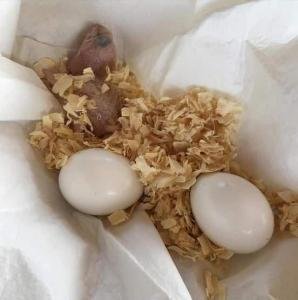
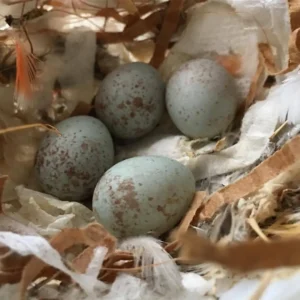
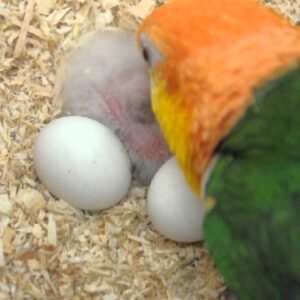
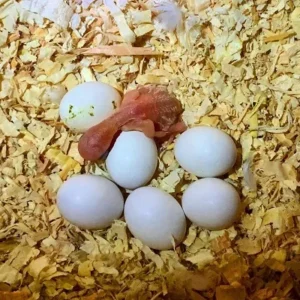

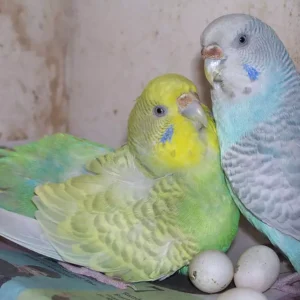
Be the first to review “Budgie Eggs”